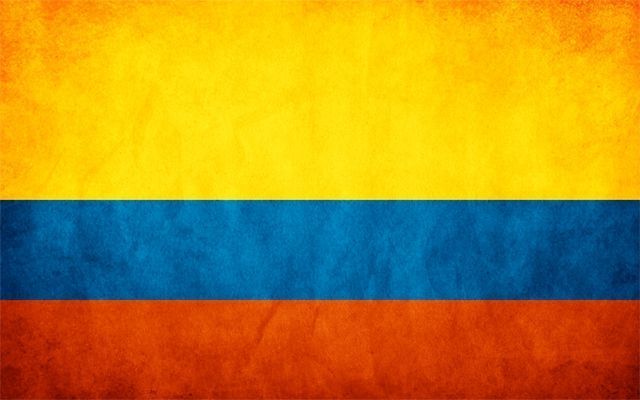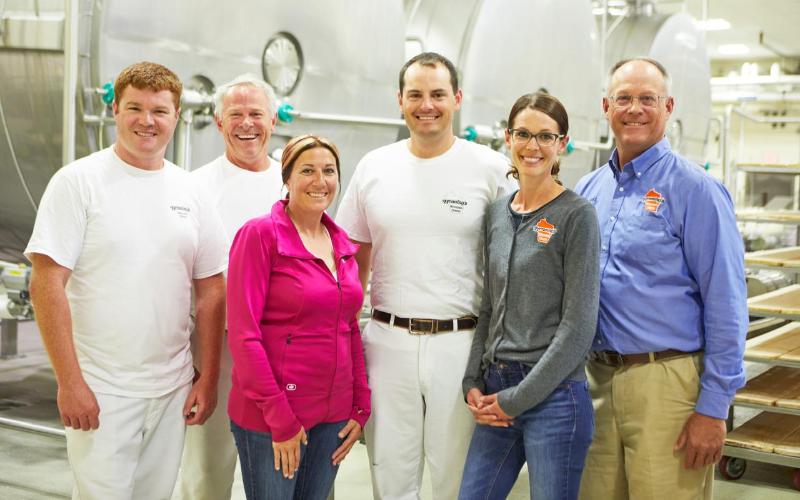Colombia: High Dollar and External Prices Curb Dairy Imports at the Beginning of 2025
Source: dairynews.today
The start of 2025 saw a significant slowdown in Colombian dairy imports due to high exchange rates and international milk costs, despite the trade deficit in dairy continuing.

In January 2025, dairy imports in Colombia reached USD 20.5 million, marking a 7.5% increase from January 2024. However, the figures remain low compared to past years when imports averaged over 14,800 tonnes from 2019-2023.
The slowdown in imports is attributed to the high dollar cost, which was around $4,400, and increased international milk prices. Additionally, Colombia imposed a 4.86% extra quota tariff from September 2024 to January 2025, which discouraged higher import volumes.
Despite these constraints, the primary imported dairy product remains skimmed milk powder, followed by fresh cheese and whole milk powder. The US continues to be the leading supplier, followed by Chile, Bolivia, France, and Argentina. Importantly, 2025 marks the final year of the tariff quota on US imports, implying a full market opening in 2026 with the potential for greater pressure on domestic production.
The Colombian dairy trade balance remains deeply negative, with imports vastly outpacing exports. In January 2025, while exports were USD 3.6 million, imports were USD 20.5 million, resulting in a USD 17 million deficit. To address these challenges, experts underscore the need for Colombia to enhance its logistical, infrastructural, and technological capabilities to remain competitive and less dependent on imports.
The slowdown in imports is attributed to the high dollar cost, which was around $4,400, and increased international milk prices. Additionally, Colombia imposed a 4.86% extra quota tariff from September 2024 to January 2025, which discouraged higher import volumes.
Despite these constraints, the primary imported dairy product remains skimmed milk powder, followed by fresh cheese and whole milk powder. The US continues to be the leading supplier, followed by Chile, Bolivia, France, and Argentina. Importantly, 2025 marks the final year of the tariff quota on US imports, implying a full market opening in 2026 with the potential for greater pressure on domestic production.
The Colombian dairy trade balance remains deeply negative, with imports vastly outpacing exports. In January 2025, while exports were USD 3.6 million, imports were USD 20.5 million, resulting in a USD 17 million deficit. To address these challenges, experts underscore the need for Colombia to enhance its logistical, infrastructural, and technological capabilities to remain competitive and less dependent on imports.














